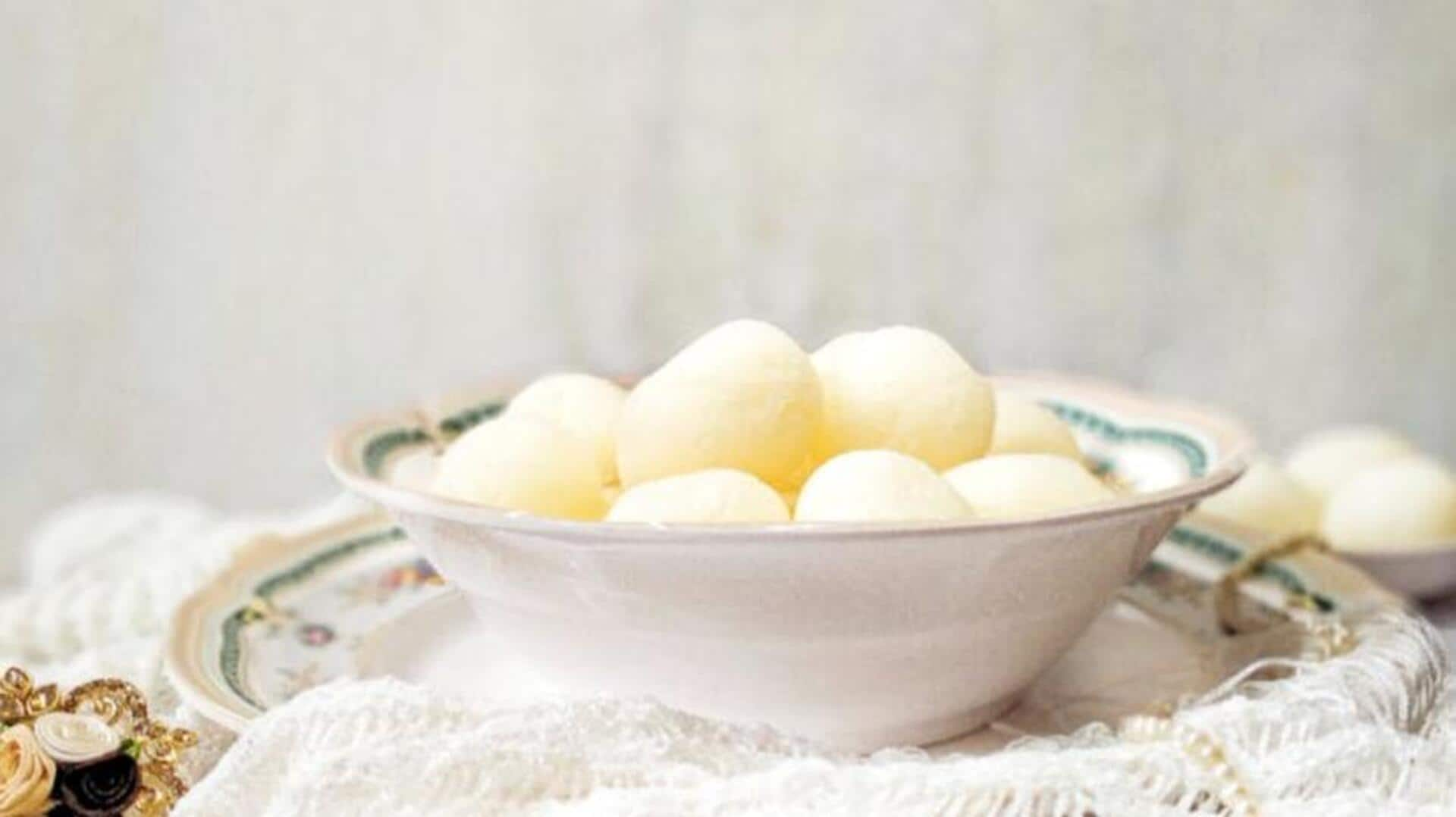
Tracing the origins of rasgulla
What's the story
Rasgulla, the beloved sweet treat, has a history that goes centuries back.
The spongy dessert, prepared from chhena and sugar syrup, is loved across India and even beyond.
Its journey from the local kitchens to international fame is a fascinating tale of cultural exchange and culinary evolution.
Knowing its origins and transformations gives you an insight into how traditional sweets can win hearts worldwide.
Early beginnings
Origins in eastern India
The story of rasgulla starts in the East, specifically in Odisha and Bengal.
Historical accounts indicate the sweet was first made in Odisha in the 12th century. It was originally served during rituals before gaining the attention of locals.
The use of chhena as a base ingredient was a major shift from other traditional sweets prepared with khoya or flour.
Regional rivalry
The cultural tug-of-war
The rasgulla has been at the center of a decades-long cultural debate between Odisha and West Bengal.
Both states lay claim to its birthplace, resulting in heated debates over its true origin.
Odisha received geographical indication in 2017 for Odisha Rasagola, while West Bengal got it for Banglar Rosogolla in 2019.
This rivalry goes to show just how deeply rooted this sweet is within regional identities.
Global appeal
Modern-day popularity
Today, rasgulla is immensely popular not just in India but also abroad. Its soft texture and unique taste has won the hearts of dessert lovers all over the world.
Most Indian restaurants abroad have it on their menu, introducing it to new audiences who relish its delicate flavor.
The export market for rasgullas continues to see steady growth every year.
Evolving recipes
Innovations in preparation
While traditional recipes are still loved by purists, modern variations have also evolved over time, catering to different palates.
From adding saffron or cardamom for an extra whiff to making them in different shapes or stuffing pistachios or almonds inside each ball-shaped delight—these versions show how innovation keeps this classic dessert relevant in the face of changing tastes worldwide.